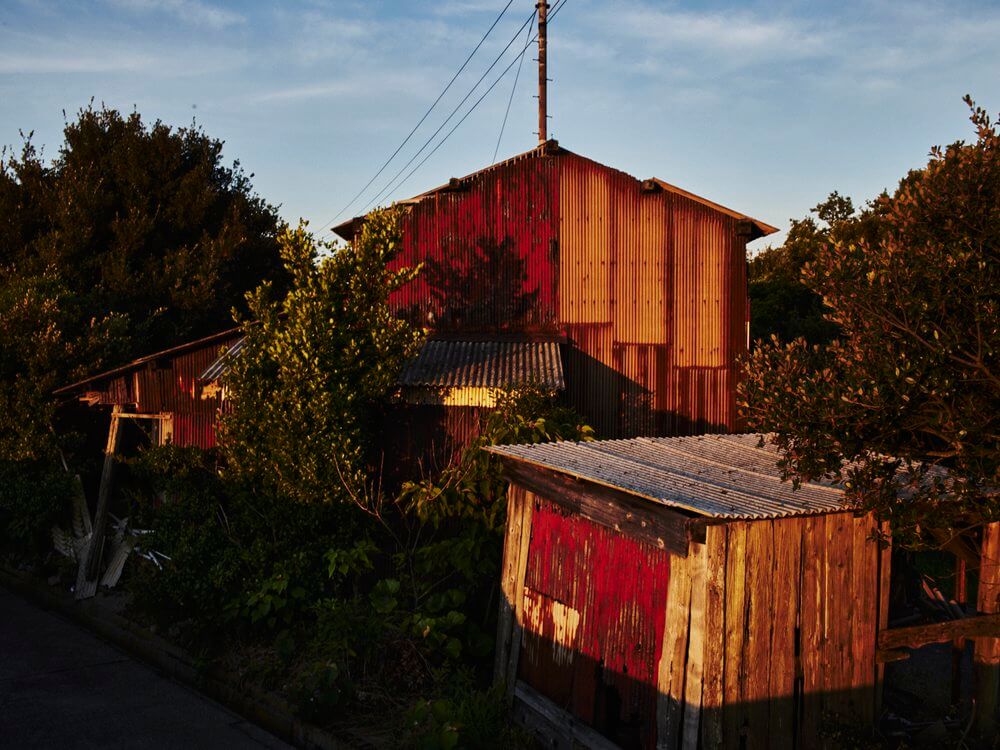Nemurushima
Kentaro Kumon
Nemurushima translates as Sleeping Island. And the island in question is Teshima. Teshima is one of the 28 islands of the Shiwaku Islands in Japan. In former times, in the 15th and 16th century, the island has been famous for its navy. And the island’s shipbuilding and ship handling skills were valued and played a major role in maritime distribution in the 17th untill 19th century.

Today, there only remain a dozen or so islanders living on Teshima. The terraced fields that once covered the mountains have been swallowed up by bamboo forest. The island’s last fisherman passed away at the end of last year. His fishing boat remains tied up in the harbor, swaying in the waves.

Japan’s rural areas are rapidly aging and losing its younger population for big cities like Tokyo or Osaka. The migration from rural areas to the city we also see in deindustralized regions in Europe and the United States. More and more photographers are paying attention to the challenges this presents for rural arreas. Like, for example, Curran Hatleberg in River’s Dream and Ian Bates in Meadowlark. In Nemurushima we see the consequences of migration to large cities for a Japanese island.

When young people turn their backs on smaller village communities and only the elderly remain, a community not only suffers aging and depopulation but also decay. Villages are uninhabited and farmsteads are dilapidated. Kentaro Kumon illustrates this with his photographs.

Kentaro Kumon (born 1981) is active in a wide range of fields, including magazines, books, and advertising. In 2012, he was awarded the Photographic Society of Japan’s New Face Award.

Nemurushima
Photographer: Kentaro Kumon
Publisher: Kehrer Verlag
Published in 2022
Hardcover, 96 pages, 28,8 x 24 cm, 58 color illustrations
